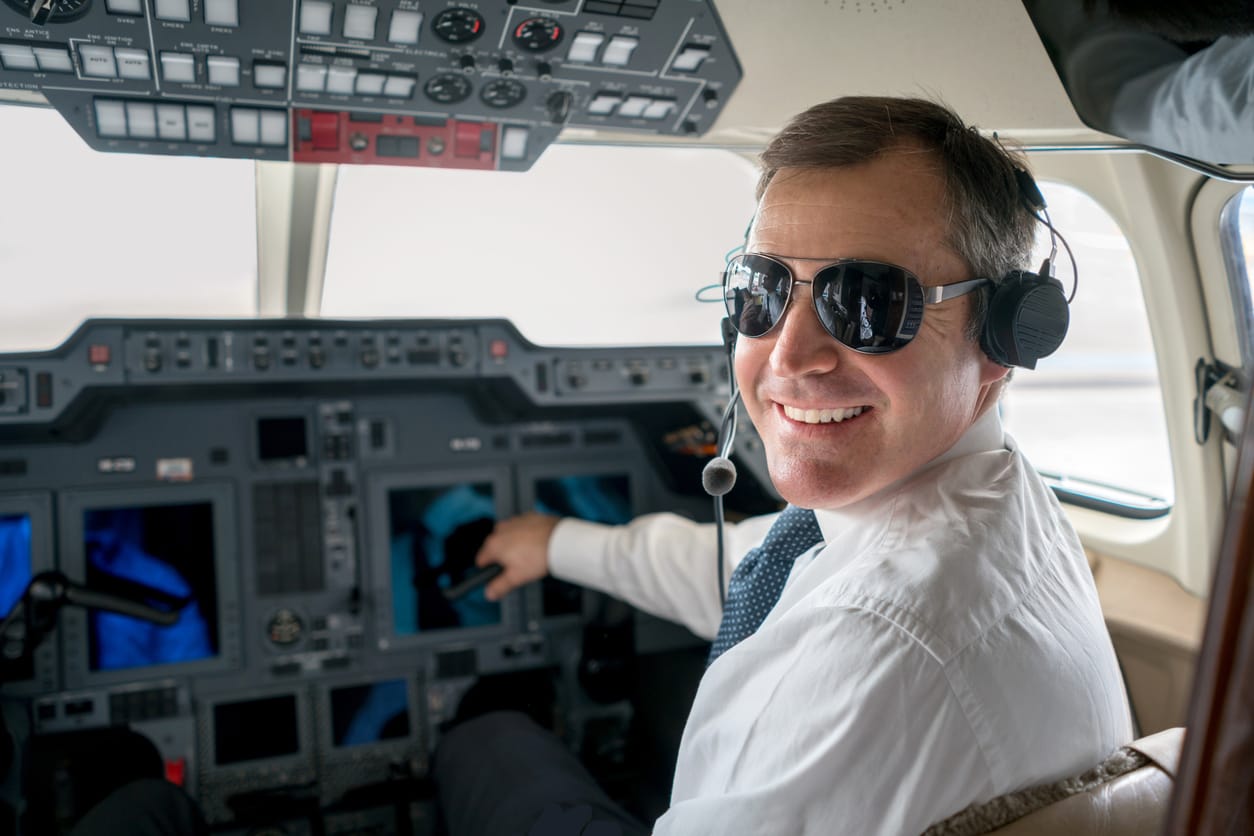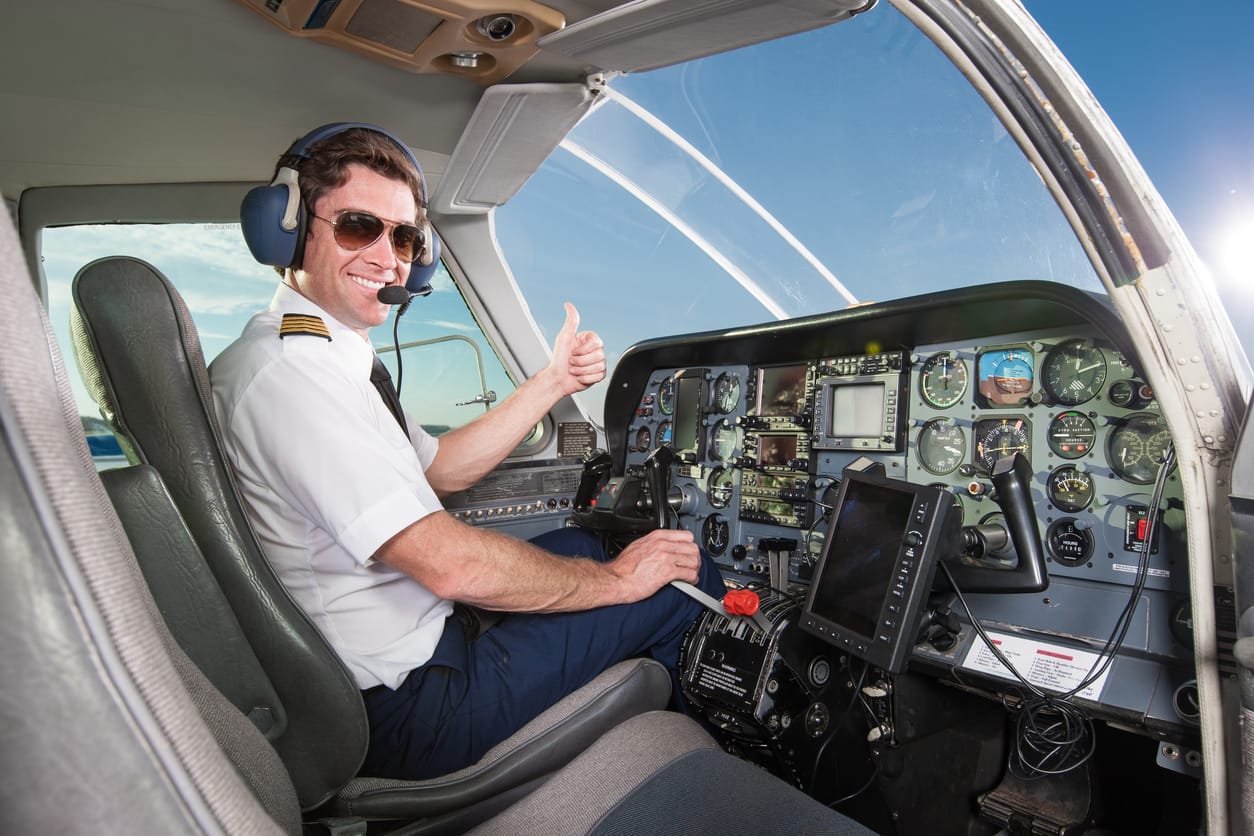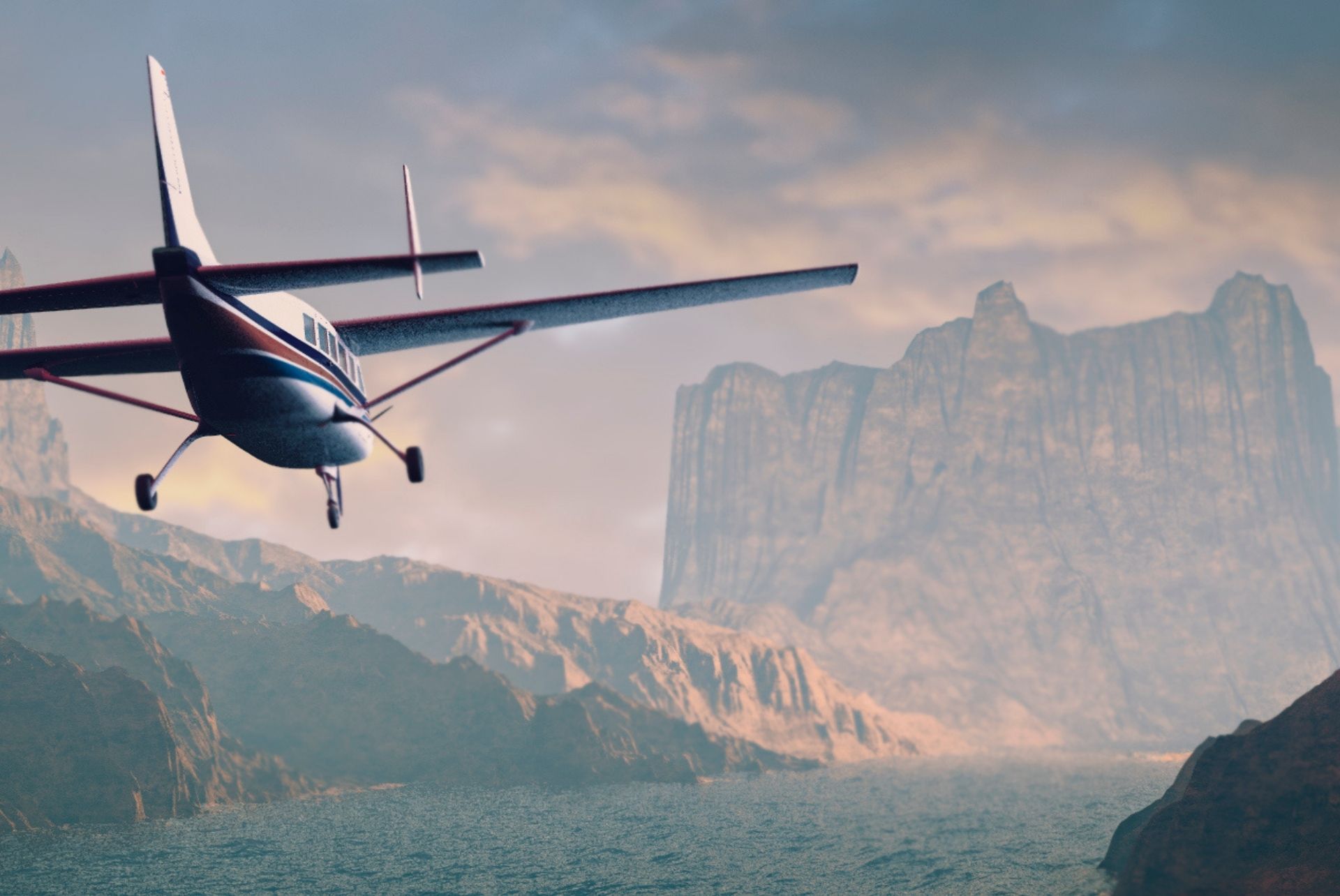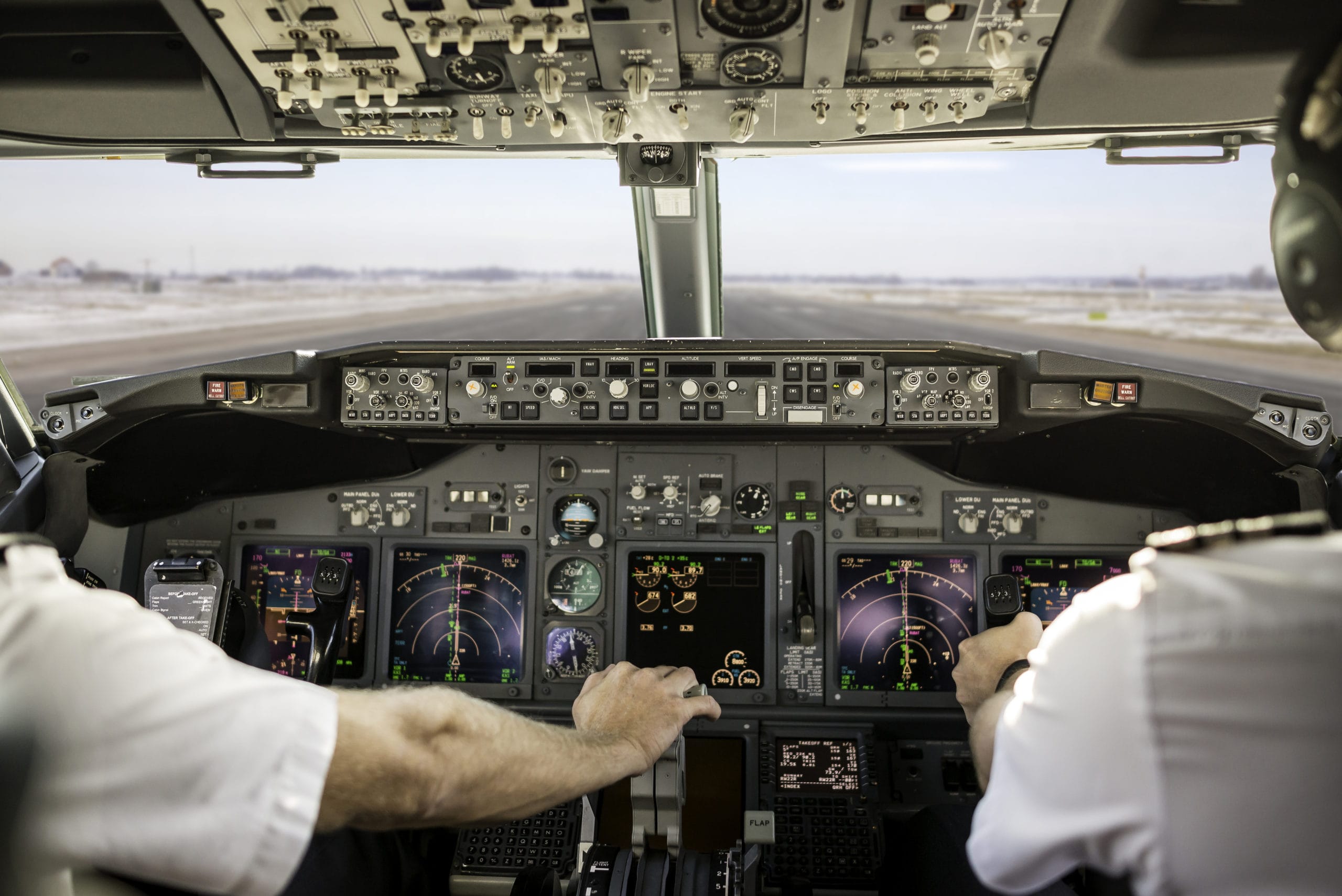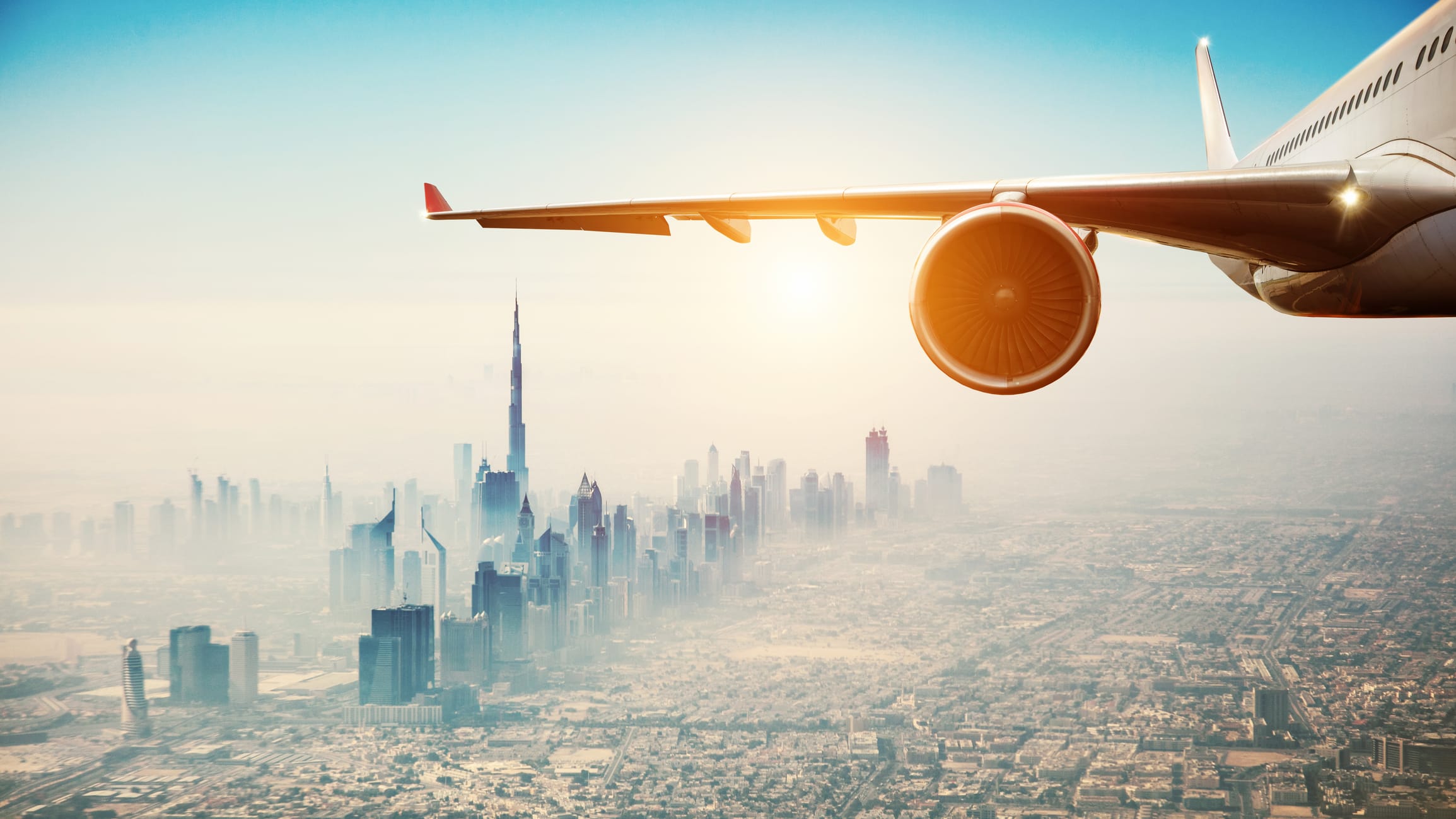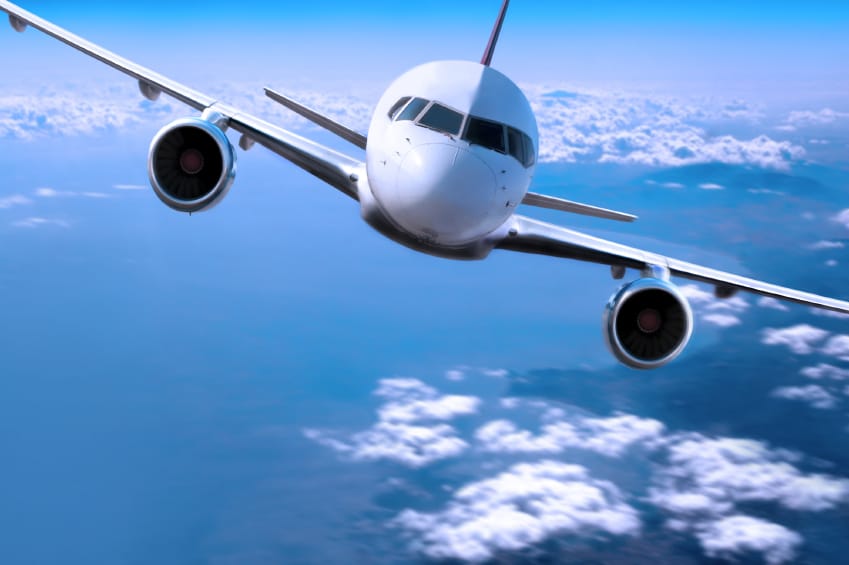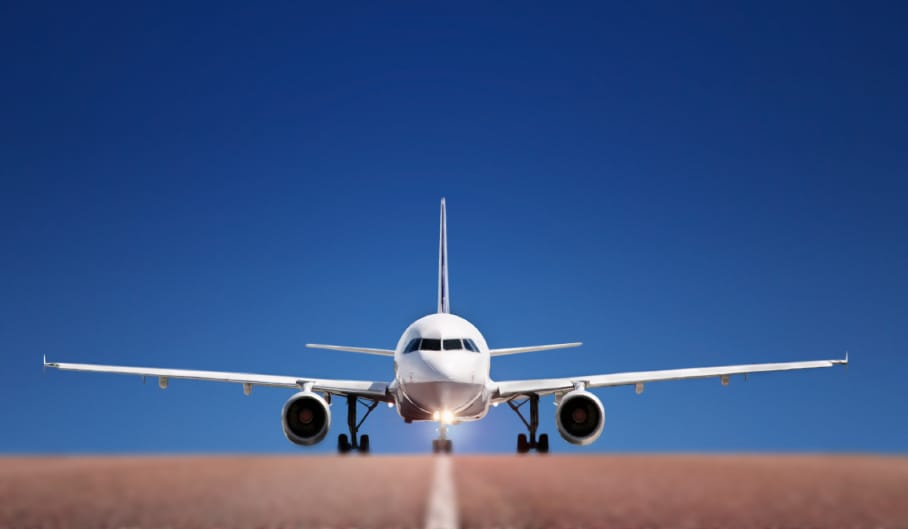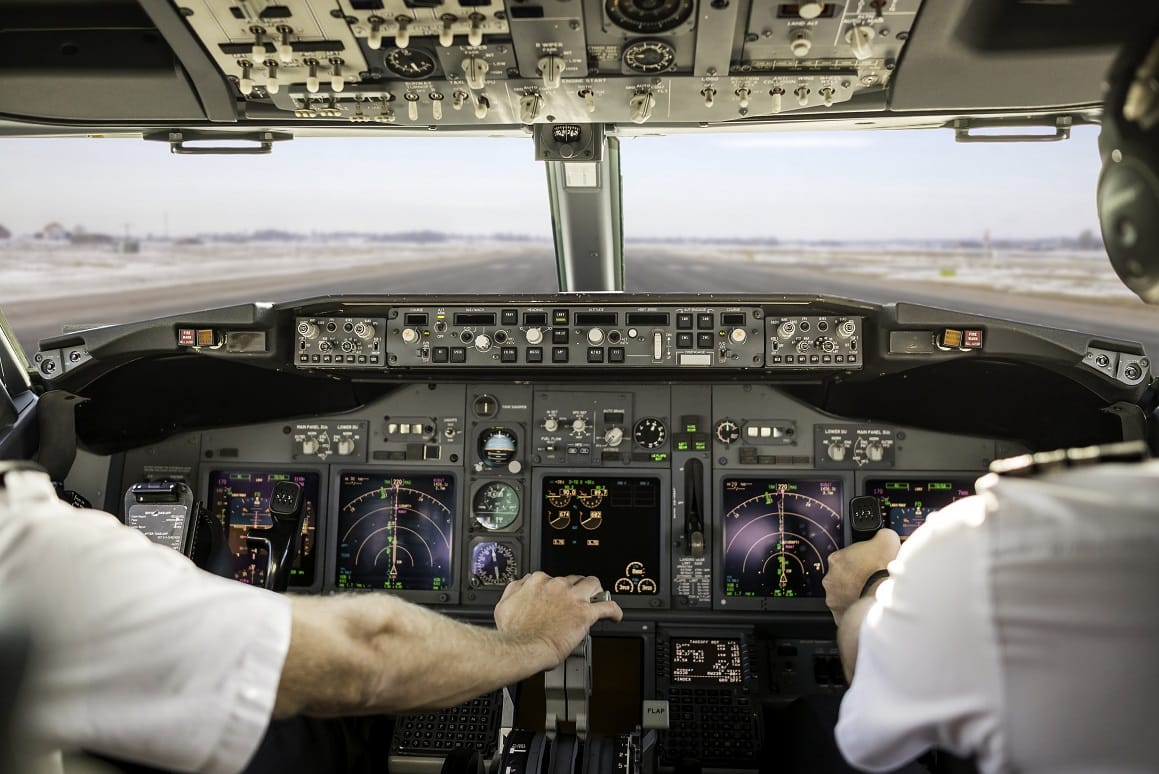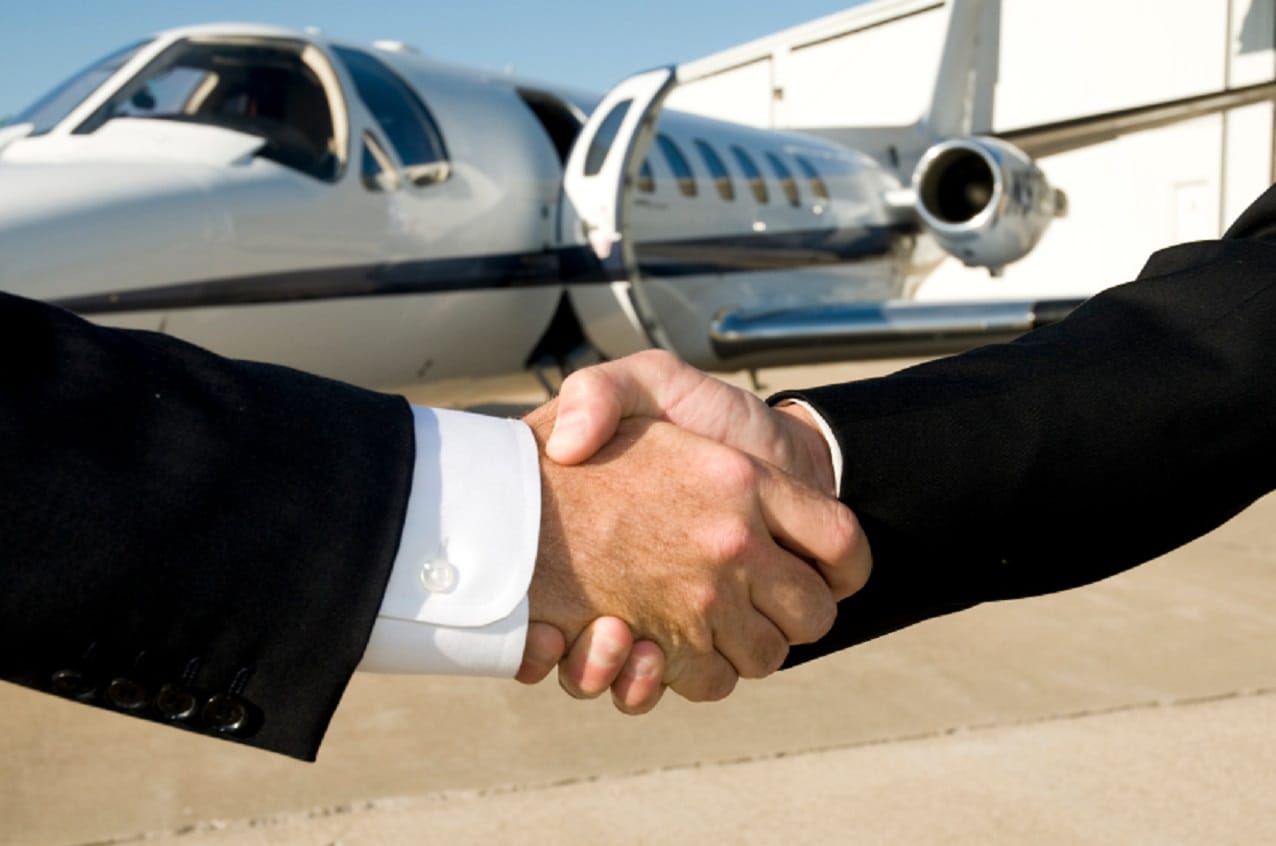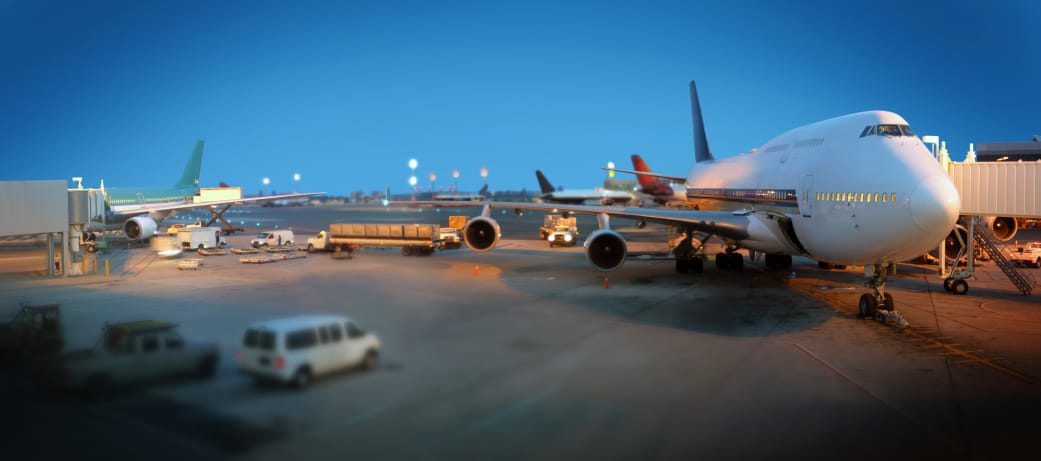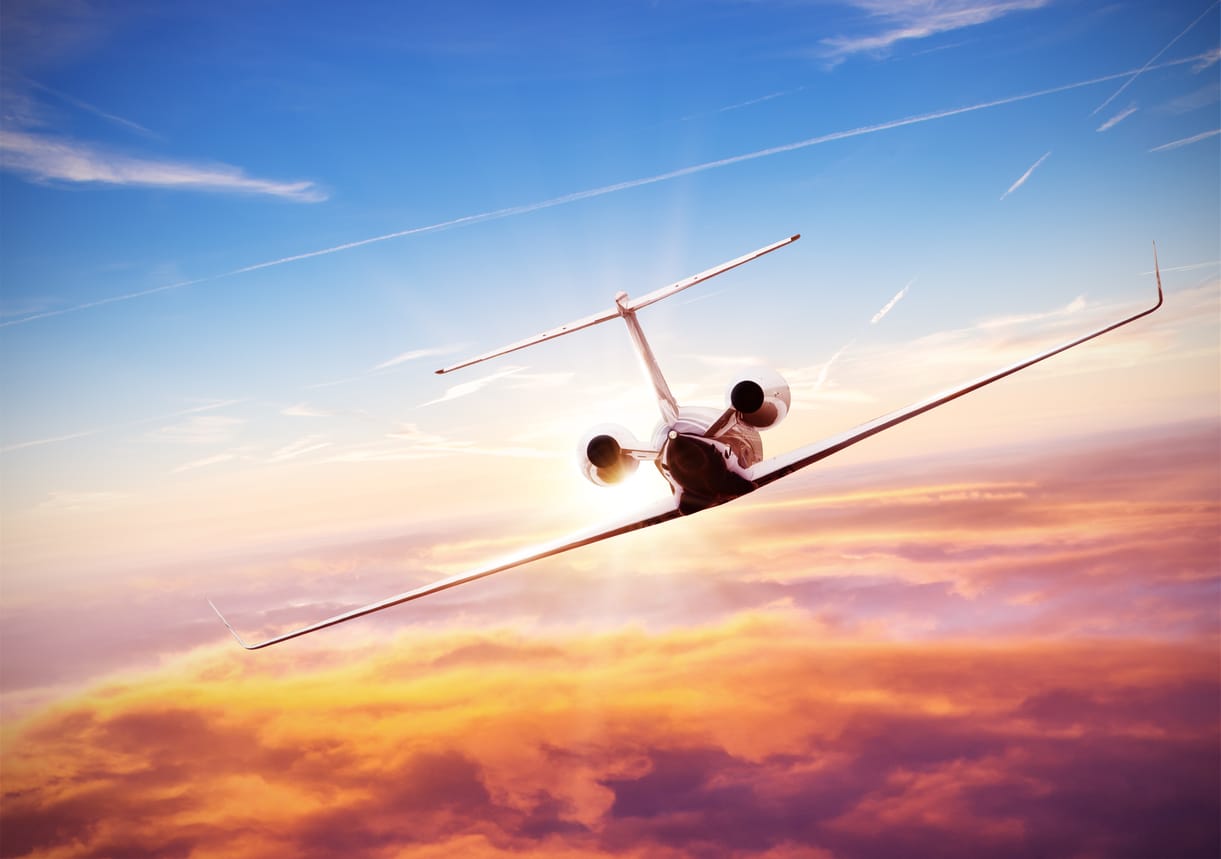Although commercial aviation is a relatively young industry, it has changed a great deal since its beginnings in the last century. Let’s have a look at commercial crew roles and how they evolved into their modern components.
Meet The Crew
In the early days of transport-category airplanes, it took a crew of many different people to operate a flight. Beyond the two pilots, we see in the cockpit today, there was a Flight Engineer (FE), a Navigator, a Radio Operator (RO), a Flight Mechanic (FM), and, for cargo flights, a Loadmaster (LM). In the cabin, a small army of Flight Attendants (FAs) ensured the passengers’ safety and responded to their needs.
The FE sometimes called the Second Officer (SO), would sit sideways behind the pilots and monitor dozens and dozens of dials, displays, gauges, switches, and other indicators of the airplane’s operating systems and general health.
The Navigator would sit opposite the FE and track the flight’s progress on maps using various means, often involving a sextant and star charts just like surface ships. The Navigator would advise the pilots when to make turns and course corrections along the route of flight, and working with the FE, determine how much fuel was required to reach their destination, based on groundspeed versus the rate of consumption.
The Radio Operator would usually sit in a separate compartment behind or underneath the flight deck and was responsible for communications with Air Traffic Control, the airline, and other aircraft. Early 20th century radios were so big and complicated that they required a dedicated operator and their own compartment.
The Flight Mechanic was responsible for repairing systems which could be accessed in-flight or would work on them (in coordination with the FE) once the airplane landed.
The Loadmaster would oversee the cargo, ensuring it was loaded and secured properly, and complete the endless amount of paperwork, including all the weight-and-balance calculations. Once airborne, the Loadmaster would monitor the condition of the tie-downs and other restraints, such as cargo nets, making sure nothing shifted out of place. In the case of live cargo, for example, racehorses and zoo animals, the Loadmaster would see that they were comfortable, safe, watered, and fed.
Combining Roles
Over the years, with improvements in technology and the onset of automation, crew functions were safely and effectively combined. One person could be the Loadmaster, Radio Operator, and Navigator, while the Flight Mechanic and Flight Engineer were merged into a single position. Soon, the Flight Engineer took over all aspects of these jobs, and eventually, even the FE’s responsibilities were distributed between the pilots.
Captain and First Officer
The two pilots, officially known as the Captain and the First Officer (FO, or co-pilot), work together to accomplish the tasks formerly done by all the different crew members. Radios, navigation equipment, and systems displays are all now small enough to fit on panels in front, between, and overhead of the pilots’ seats. Any systems which malfunction in flight are automatically, or at the flip of a switch or push of a button by a pilot, replaced by backup systems and then repaired after landing. Navigation and communication duties are shared by the pilots, and even navigation is mostly automated, with the pilots simply monitoring the flight’s progress and ensuring the autopilot is following the plotted course.
The Captain and FO typically take turns being the Pilot Flying (PF), the one actually handling the controls, and the Pilot Monitoring (PM), formerly called the Pilot Not Flying (PNF) or Non-Flying Pilot. The PF’s job is solely to perform the takeoff and landing and make inputs to the autopilot when not manually flying. The PM is responsible for everything else, including the radios and assisting the PF with decision-making.
The Captain, even while PM, is in charge of all aspects of the flight, and can override any decisions the FO makes while the FO is PF. The Captain is responsible for the safety of the crew, passengers, and cargo, and is in complete command from departure to arrival.
A good Captain will seek input from the FO and even the FAs while making decisions, but ultimately the Captain’s authority is to be respected and obeyed. The Captain’s other job is to mentor the First Officer and provide an example of how to successfully lead a crew so that someday the FO will be well-prepared to take a Captain position.
The First Officer’s primary job is to support the Captain and provide a second opinion when dealing with an ambiguous situation. Even the best captains are still human and occasionally make mistakes. A good FO will tactfully and professionally point out an error the captain is making, and a good captain will accept the correction or suggestion in the spirit with which it is intended. The FO performs tasks as delegated by the Captain or required by company procedures.
At most airlines, the FO performs the pre-flight external inspection, or walk-around, while the Captain reviews the weather, flight plan, and load manifest. After the walk-around, the FO completes the weight-and-balance paperwork. Then the crew will discuss the weather and flight plan, including any contingency plans.
Flight Attendants
Flight Attendants are an important part of the crew. Early FAs were required to be certified nurses, had strict appearance standards and were often prohibited from being married. These last two industry standards led to the unfortunate and erroneous current perception that FAs are nothing but “sky servants,” there only to serve drinks to passengers.
Passenger safety is now at the forefront of an FA’s job, with customer service close behind. FAs are recognized as valuable, professional crewmembers and integral to the conduct of a flight. In an emergency, it is the FAs who direct passengers to the exits and provide first aid to the wounded. FAs allow the Pilot and First Officer to concentrate on safe operation of the aircraft in such an event. Flight attendants also demonstrate the use of safety equipment and help guide passengers to their seats.
Ready to soar in your aviation career?
Mr. Matthew A. Johnston has over 23 years of experience serving various roles in education and is currently serving as the President of California Aeronautical University. He maintains memberships and is a supporting participant with several aviation promoting and advocacy associations including University Aviation Association (UAA), Regional Airline Association (RAA), AOPA, NBAA, and EAA with the Young Eagles program. He is proud of his collaboration with airlines, aviation businesses and individual aviation professionals who are working with him to develop California Aeronautical University as a leader in educating aviation professionals.
